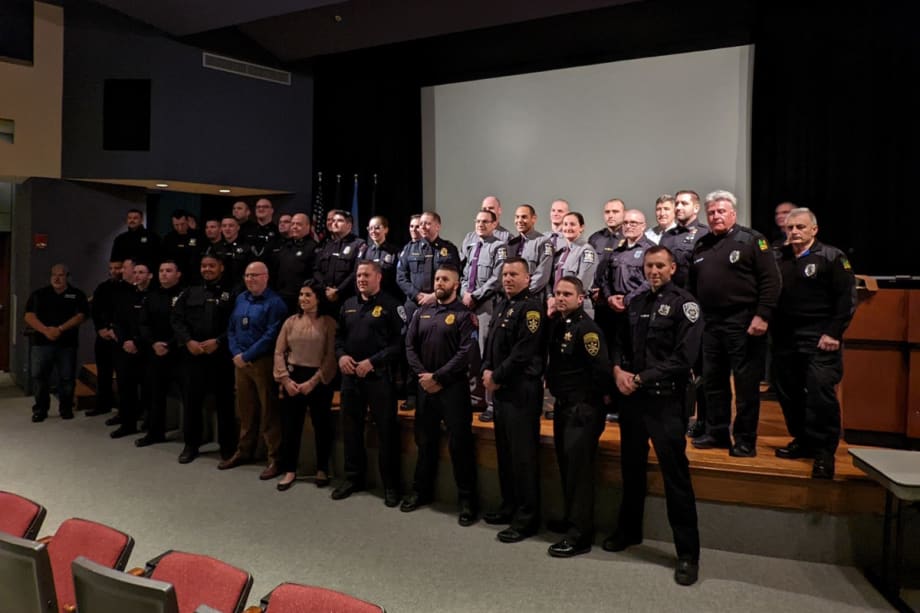The 40-hour training consists of traditional classroom lectures as well as role-play exercises. In addition, students leave the class with knowledge about available resources to which people in mental health crisis can be directed.
Among the presenters are people from Rensselaer County's Mental Health Department, Samaritan Hospital, St. Peter's Health Partners Group, Rensselaer Veterans Services Agency, as well as individuals from the community at large.
"Chief Tom Gibbons from the Albany VA Police Department teaches about veterans issues and services provided to the vets by the local VA hospital," Montanino says. "Retired Sergeant Eric Weaver teaches several of the classes—the main class being polices officers own mental health, trauma, and suicide in law enforcement as well as his own mental health story."
Further, the class has speakers from the community on one of the mornings—people that have or have had a mental illness—not experiencing any type of crisis or challenge at the present time—who talk to the officers about their mental illness.
Montanino explains, "They'll explain everything that's been going on with them about their medications, how long they've had the illness, as well as letting us know when they've had police contact—whether it's been a good police contact or bad police contact."













